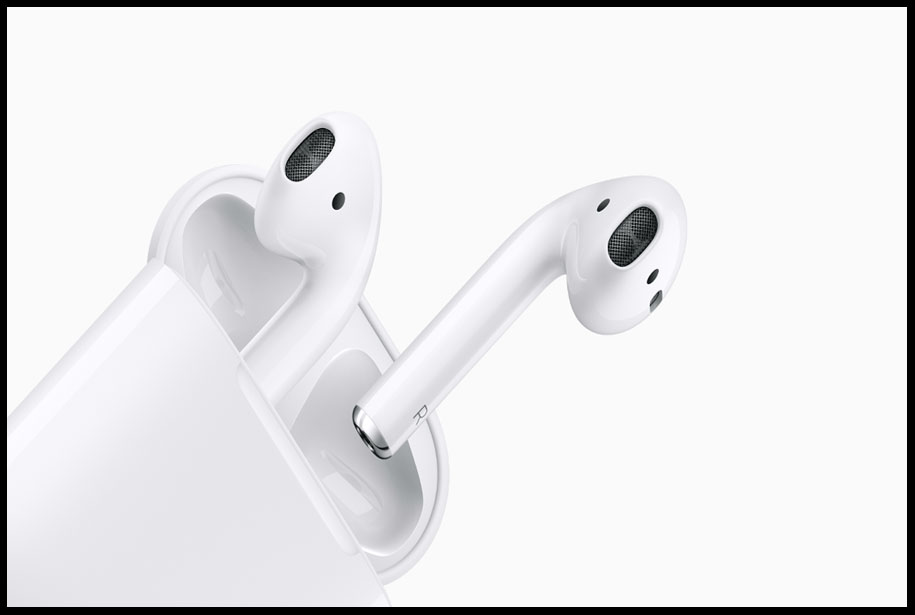In order to protect pilots’ hearing, the noise-canceling technology used in contemporary headphones like the Apple AirPods Pro and Bose headphones was initially created in the early 1980s. Tank crews in the United States Army subsequently employed this technique. Read this article from the 1992 New Scientist archives to learn more about how noise-canceling headphones work owing to the usage of anti-sound technology.
The new Apple Airpods Pro use noise-canceling concepts that were invented in the 1980s to prevent ear damage for pilots.
The new Apple AirPods Pro feature noise-canceling technology, which was initially created in the 1980s to prevent ear damage among pilots.
Bose, a company with headquarters in the United States that is best known for creating obscene amounts of noise with its range of loudspeakers, has now found a way to protect people from the effects of noise. The United States military has just given the company, which has its headquarters in Framingham, Massachusetts and is near Boston, a contract to manufacture anti-sound helmets for use by tank drivers and aeroplane pilots.
Amar Bose, the company’s creator and a professor of electrical engineering at the Massachusetts Institute of Technology, claims that the US government pays out $200 million yearly to veterans who have developed hearing loss as a consequence of their military service.
Just behind psychological stress, hearing loss is the second most frequent reason for early retirement in the aviation sector. Additionally, the industrial sector will have a huge need for noise-canceling systems.
Find out whether the sounds you hear on a daily basis might be contributing to an undetectable hearing loss by reading on.

People who work in noisy environments have the option of wearing earplugs, but if they do, they won’t be able to hear anything that is said to them. Additionally, earplugs are ineffective at isolating the low-frequency, pulsing noise that is suffered by helicopter and aeroplane pilots, tracked vehicle drivers, and anyone who works near heavy machinery. Very big mufflers are needed to attenuate low frequencies.
Such background noise may be eliminated with the use of anti-sound. An electrical circuit analyses the noise, which is then instantly transformed into the opposing noise by a microphone. The anti-sound wave will cancel out the original sound wave because it will have a trough where the original sound wave had a peak and vice versa.
However, using anti-sound in a contained environment like a room or cockpit hasn’t been shown to be successful. The overall reduction in noise is only around 5 dB, which is hardly audible to the human ear since the sound and anti-sound are thrown out of phase when they reflect off the walls. (A sound’s perceived loudness is reduced by 50% with a 10-decibel decline in volume.)
Anti-noise works by playing a copy of a sound wave with an inverted phase.
Around the time that Bose celebrated its 50th anniversary, engineers there developed noise-canceling headphones. They were created especially for the Voyager pilots since the aircraft was extremely noisy and capable of flying around the world without stopping for refueling. Previously intended for civilian use, the earbuds have now been modified for use in industrial environments and will be incorporated into military helmets.
The user may converse with others around them thanks to the small speakers embedded in the headphones. The speaker is positioned adjacent to a small microphone that is used to capture both their voice and the unwanted background noise that has filtered in from the outside.
A circuit processes the sound input by first filtering out any unwanted noise and then converting it to anti-sound. The voice signal is then mixed with the anti-sound and put into the speaker. This is done to block out background noise from the listener’s field of hearing. The United States Army granted Bose a contract in 1993 to provide noise-canceling equipment.
Low-frequency, long-wavelength sounds have a limited likelihood of reflecting and delaying the sound because of how little room there is between the headphones and the ear canal. Although the wavelengths of sounds with frequencies of more than one kilohertz are sufficiently short to be affected by reflections, it is easier to keep these wavelengths from entering the headphones by utilizing sound insulation. The headphones’ rims are made of a bag of silicone gel that serves as a barrier between the headphones and the wearer’s head, while the walls of the headphones are made of thick dampening material.
The result is a noise reduction of more than 20 dB. Bose is now asking close to $1,000 for each pair of headphones. In order to avoid the music being swamped by the noise of the aircraft’s engines, the company plans to build a battery-powered version of the product that airline passengers may link to their own personal stereos. It is possible to listen to a music recording without being distracted by the sound of the orchestra using the same technique that recording experts use to hear music being made in a concert hall.



